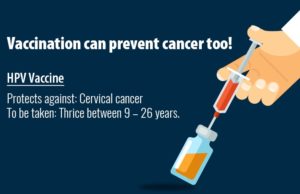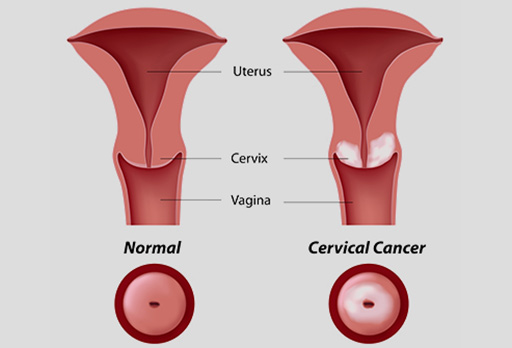In India, cervical cancer is the second most common type of cancer that affects women and accounts for a total of 22.86 %. It results in about 96,922 new cases and 60,078 deaths every year. With India contributing to one-quarter of the global cases, it is a big public health issue. In every eight minutes, an Indian woman dies from cervical cancer and it is considered that rural women are at a greater risk of suffering from cancer.
Early Diagnosis and Results
As opposed to other cancer sites, the cervix can be subjected to screening for early diagnosis. If the detection and treatment are done in earlier stages, the length and chances of survival improve. It is one of the easiest cancers to evaluate as well as treat. Based on the stage of the disease, radiotherapy and surgery are the treatment modalities offered. With very little risk, these treatments have outstanding results and can easily be accessed at any major private or government sector hospital (even at the district level). The real challenge with cervical cancer is not about applying the treatment modalities but about early detection.
HPV

The leading cause of cervical cancer is an infection caused by the Human Papilloma Virus (HPV), which is a sexually transmitted virus. Even though 75% of all sexually active women are likely to get infected, the majority of infections get resolved in a spontaneous manner and it is less than 1% of them that may progress to cancer eventually. The progression from the infection to cancer has a lag period of about 15-20 years.
The factors that are the cause behind the HPV infection progressing to cancer can include multiple sex partners, early sexual debut, high parity, tobacco smoking, long-term use of contraceptives, HIV co-infection, immune suppressants, poor hygiene, a diet low in antioxidants, low socio-economic status, and genetic and immunological host factors.
Screening for Cervical Cancer
Despite the huge burden that the disease is in the country, there are no nationwide government-sponsored public health policies for cervical cancer prevention by vaccination or screening or both. So, it becomes the responsibility of individuals to voluntarily go for health checks on a regular basis to avail of the painless, uncomplicated, and easy-to-perform screening tests that are readily available in nearly all health facilities.
Tests for Cervical Cancer
Tests for cervical cancer include HPV Testing, Cytology (Pap smear), visual inspection with Lugol’s iodine (VILI), visual inspection with acetic acid (VIA).
Ideally, screening should start from 25 years of age. Cytology is advised every three years. Cytology and Primary HPV testing (co-testing) are advised once in every 5 years.
Where resources are limited, it is suggested that individuals between 30-65 years of age be screened with VIA every five years. Screening for cervical cancer should go on until 65 years of age and can be discontinued if the last 3 results were clear.
Prevention for Cervical Cancer
Unlike other cancers, a vaccine can be used to prevent cervical cancer. In India, two globally licensed HPV vaccines are available, and 9 to 12 years is the recommended age for the initiation of vaccination, extendable to up to 26 years. It is recommended to administer three doses of the vaccine and it should be administered before a sexual debut, and before HPV infection. It has minimal side effects, is hugely effective, and is readily available.


